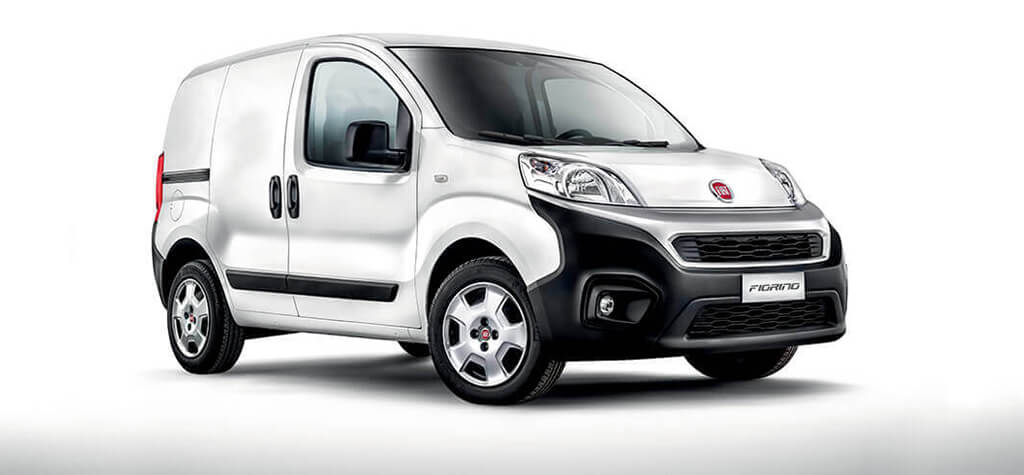
Food preservation is something that people have been trying to perfect for hundreds of thousands of years. In this article Glacier Vehicles take a look at the history of food preservation and how it’s developed from pickling everything and anything, to cooling food using artificial refrigeration.
500AD- Pickling:
Pickling was the first method of food preservation to be commonly used across the globe. The Romans were among the first to use it.
Did you know?
• Ketchup was originally an Oriental fish brine that travelled to Europe and then, eventually, America where sugar was added, giving us modern day ketchup.
• Worcester sauce was invented accidently in the 1800s, when seasonings were added to a pickle vinegar solution and left in a basement for a number of years. Mr John Lea and Mr William Perrins were delighted to find that the solution had transformed into a delicious savoury sauce when they went down to try it again.
600AD- Jam and Jelly:
Using honey or sugar as a form of food preservation is almost as old a technique as pickling. In ancient Greece, quince was mixed with honey before tightly packing it into jars. The Romans typically improved this by cooking the mixture to create a solid form.
Around the same time early refrigeration methods had began in many different forms.
• Ice was harvested by the Chinese before the first millennium.
• Ancient Greeks and Romans built snow pits to store and insulate snow inside so it ice would be formed.
• Ancient Egyptians would leave liquids outside during the cold nights as their temperate climate during the day allowed them to do little else.
1400- Curing:
The earliest form of curing was, in fact, dehydration. Salting food was used around this time to help desiccate meat, so all moisture was removed, helping to preserve it for longer.
1492- Fermenting:
During the fermentation process of beer or wine, food can be placed in the liquid to help preserve it due to its low pH value. It can also create more nutritious food as vitamins are produced during the fermentation process.
Did you know?
• It is believed that alcohol has been actively brewed since as far back as 10,000BC and was treated as a gift from the gods.
• It is also thought though, that the fermentation process required to make alcohol would have been discovered entirely by accident, perhaps after some barley was left in the rain.
• This process was one of the earliest forms of pickling before vinegars were better used.
1600s- Refrigeration development:
Cooling drinks was becoming popular by the 1600s, particularly in southern Europe. Moving on from leaving drinks out at night, people rotated bottles in a water and saltpeter (Potassium nitrate) solution as it was found to produce very low temperatures and even form ice.
In 1626, after conducting experiments into food refrigeration, Francis Bacon died of pneumonia after an experiment involving the stuffing of snow into raw chickens.
1750- Canning:
Along with curing, one of the first methods of food preservation that didn’t involve using some sort of solution was canning food. The advantages of canned food included packages being lighter and less prone to damage during transportation.
Did you know?
• French emperor, Napoleon Bonaparte, offered a prize to whoever could find a way of preserving food for long enough to reach armies in distant lands.
• Nicolas Appert won the prize after discovering that heating glass jars of food prevented it from spoiling. It was later discovered that tinned iron canisters produced the same results but was a better material to use.
1800s- Artificial refrigeration:
Artificial refrigeration developed rapidly during this century:
• 1805 – American inventor, Oliver Evans, designed the first ever artificial refrigeration machine.
• 1834 – Jacob Perkins built the first practical refrigeration machine using ether in a vapour compression cycle.
• 1844 – John Gorrie developed Oliver Evans’ design in order to make ice that would cool the air for his yellow fever patients.
• 1876 – Carl von Linden patented the process of liquefying gas which is the basic principle of refrigeration technology today.
1923- Flash freezing:
Using an electric fan, containers of brine and cakes of ice, Clarence Birdseye, at the age of 27, invented a system of flash freezing food under high pressure. He noted that people in the Arctic preserved fish and meat for long periods of time and retained all the freshness and he attributed this to the process of rapid freezing.
Did you know?
• After an initial investment of $7 for the equipment he used, Clarence Birdseye sold the patents and trademarks to his flash freezing system 6 years later in 1929 for $22million.
1935- Invention of automatic refrigeration system:
In this year, Frederick Jones invented a mechanical refrigeration system for trucks and trains which would prevent food spoilage over long distance journeys. After 1940, when Jones was issued a patent for his invention, the system was adapted for other modes of transport such as ships.
Today:
You can now see how far food preservation has come over time. It has been a long and gradual progression but now we are at the stage of large scale food refrigeration.
At Glacier vehicles, we provide an array of freezer transportation and refrigerated transportation that are used by a range of users from local produce companies to large food wholesalers.
Glacier Vehicles Video



